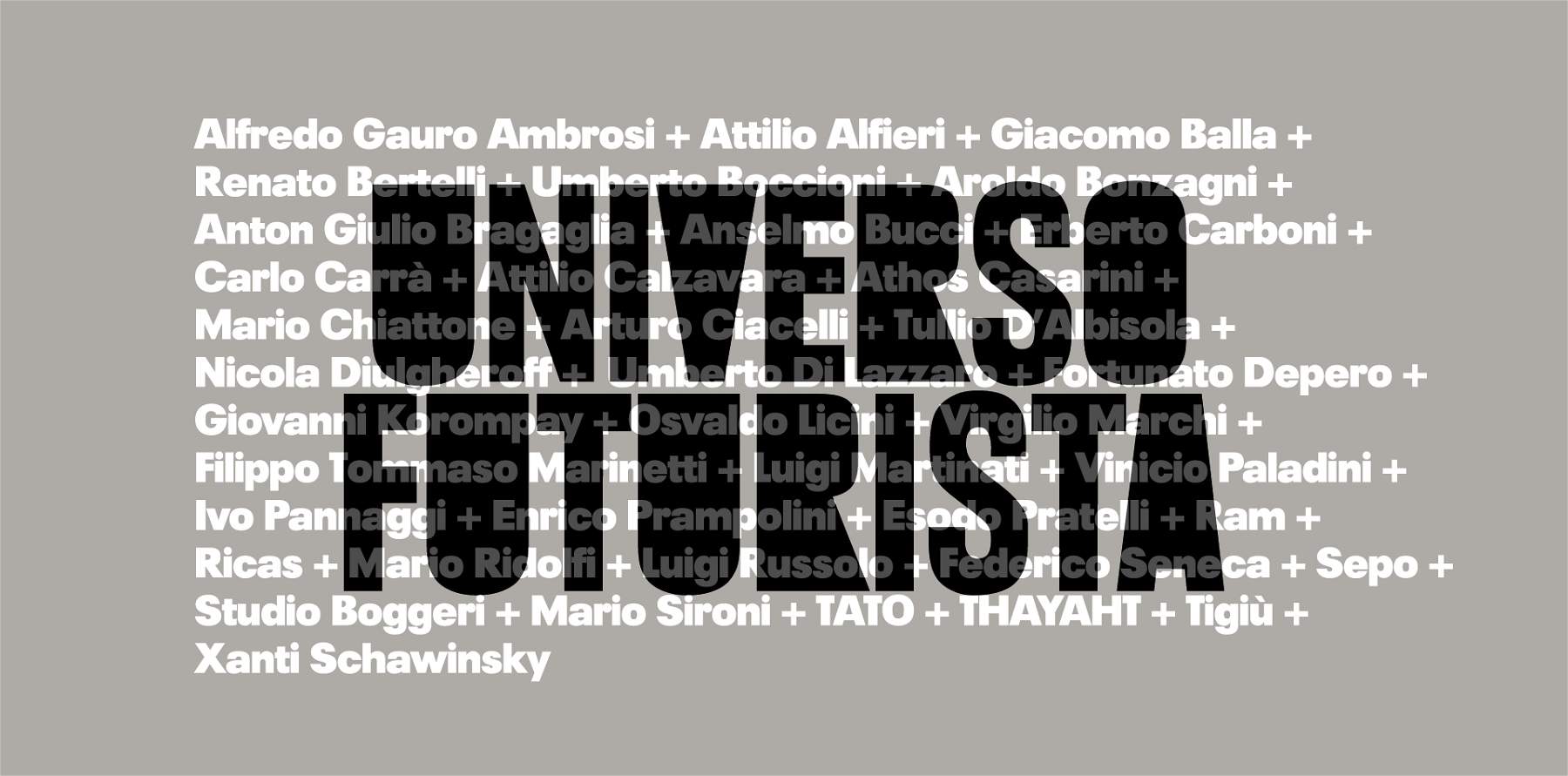Here comes a new entity in the art world: it is the Massimo and Sonia Cirulli Foundation, which opens April 21, 2018, in San Lazzaro di Savena (province of Bologna). It is a new private institution that was created on the basis of a historical archive dedicated to 20th-century Italian culture that was started in 1984 by collectors Massimo and Sonia Cirulli. The goals of the foundation, the presentation reads, “are the valorization, nationally and internationally, of 20th-century Italian art and visual culture through a reinterpretation from an unprecedented and multidisciplinary slant of its cultural heritage and the promotion of projects oriented toward the popularization of Italian creative culture from the birth of modernity and made in Italy to the economic boom.”
The opening of the space (which is located at Via Emilia 275 in San Lazzaro di Savena, in the building designed in 1960 by architects and designers Achille and Pier Giacomo Castiglioni for Dino Gavina and Maria Simoncini, appropriately restored for the occasion respecting the original ideas) takes place with the inauguration of the exhibition Universo Futurista, focused on the nucleus of the Cirulli Foundation’s collection dedicated precisely to futurism: the exhibition, curated by Jeffrey T. Schnapp and Silvia Evangelisti, emphasizes some of the central themes of Futurist aesthetics, such as the hymn to the creative vitality, playfulness and imagination of an art that, as the manifesto “Futurist Reconstruction of the Universe” put it, “cheers up the world by recreating it integrally.”
The Futurists conceived of artistic creation in a way that was far from traditional and involved everyday life in its entirety, creating a link between art and life.It is precisely this aspect of Futurist practice that the exhibition intends to focus on, through a selection of paintings, sculptures, design objects, design drawings, photographs and photomontages, advertising posters and autographed documents created by Futurist artists from 1909 until the late 1930s. The itinerary, in particular, offers the public settings devoted to themes dear to the Futurists, such as speed, energy, progress, mechanized man, and domestic design, all organized around five main structural units: the air conquest room, the poster wall, the “constellations” (8 thematic units), the “orbits” (6 monographic areas dedicated to relevant figures of the Futurist period whose artistic production is well documented in the Cirulli Collection) and the “spaces” (2 installations built around furniture). As a result, the project does not follow a traditional approach but, as Jeffrey T. Schnapp explains, proposes “an exploratory journey through the abundance and multiplicity of materials preserved in the Foundation’s collection, highlighting groupings, constellations, different rhythms of works and variations in size from large to small, from full to empty.”
A total of two hundred works are on display, including a masterpiece such as Disgregazione x velocità by Giacomo Balla (from 1913), urban paintings by Osvaldo Licini, La squadra atlantica sorvola Chicago (1933) by Alfredo Gauro Ambrosi, which was owned by Filippo Tommaso Marinetti and which was exhibited at the First National Exhibition of Futurist Art, as well as Umberto Boccioni’s pastel Nike, Victory of the Air (1913), Enrico Prampolini’s first and only futurist film poster Thays (1917), collages and photos by Bruno Munari, the living room designed by Tato (Guglielmo Sansoni) for Italo Balbo, and tapestries by Fortunato Depero and Enrico Prampolini. Also, works by Bonzagni, Bucci, Casarini, Chiattone, Tullio d’Albisola, Diulgheroff, Guerrini, Korompay, Marchi, Marinetti, Masoero, Russolo, Schawinsky, Sant’Elia, Sironi, Thayaht.
The exhibition opens April 21 through Nov. 18 and is accompanied by an xycomm catalog with texts by the curators and entries and essays by Pierpaolo Antonello, Silvia Evangelisti, Nicola Lucchi, Ara H. Merjian, Marco Sammicheli, and Jeffrey T. Schnapp. Opening hours: Fridays from 3 to 7 p.m., Saturdays and Sundays from 11 a.m. to 8 p.m., remaining days for visits by appointment only for groups (reservations required at info@fondazionecirulli.org). Possibility of family friendly visits and guided tours in English. Tickets: full 10 euros, concessions 8 euros (for groups of 10 to 20 people, over 65s, concessionary), special concessions 5 euros (for groups of more than 20 people, students aged 6 to 18, university students and school groups), free for children under 5, registered journalists, ICOM members, tour guides, one chaperone per group of at least 10 people, two chaperones for groups of at least 20 people, disabled and carers. Info at fondazionecirulli.org.
 |
| Bologna, Massimo and Sonia Cirulli Foundation opens and starts with an exhibition on futurism, from Marinetti to Boccioni |
Warning: the translation into English of the original Italian article was created using automatic tools. We undertake to review all articles, but we do not guarantee the total absence of inaccuracies in the translation due to the program. You can find the original by clicking on the ITA button. If you find any mistake,please contact us.